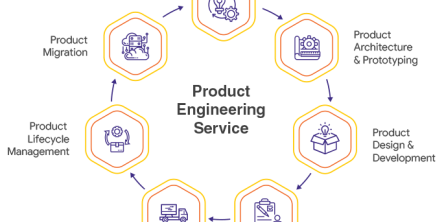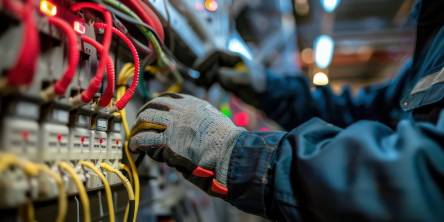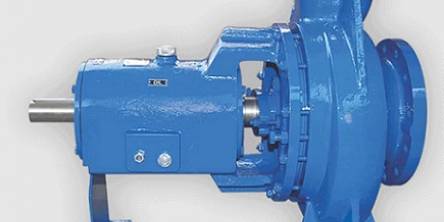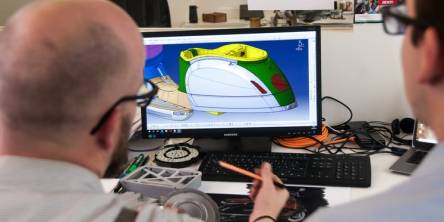Things You Need To Know About Metal Fabrication Processes
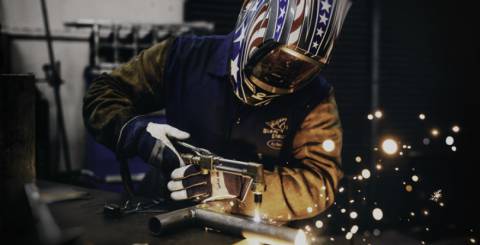
Metal Fabrication is a process of bending, cutting, and assembling metal with the help of different fabrication techniques and experts. During this process, metal fabricators create machines, metal parts, other metal or steel structures, from raw materials (steel, iron, alloy, etc.) and convert them into useable metal products for commercial and industrial applications. A proper fabrication solution is always required in different industries, factories, and plant facilities, therefore, it's important to understand the process, material and methods are used to get high-quality products.
Let's talk about this process, step by step, to understand it comprehensively.
Process Requirements:
This process demands a high degree of practice, relevant experience, and precise skill for bending, cutting and converting different metal pieces into useful parts, metal structures, and useful equipment.
Companies specialized in this process are usually called fab or metal fabrication shops. They provide complete fabrication solution to their customers.
The major contributors in this industry are welders, ironworkers, blacksmiths, and professional fabricators that convert raw materials into final products, as per given engineering drawings. So, a proper qualification, deep knowledge and high level of skills are required to carry out this process professionally.
Metal Fabrication Process
This process begins at the planning stage and consists of the following processes implemented by professional metal fabrication experts. These are:
-
Cutting Metal
-
Machining
-
Punching
-
Forging
-
Casting
-
Blanking
-
Welding
-
Brazing
-
Shearing
-
Drawing
-
Spinning
-
Shrinking
-
Roll forming
-
Stamping
-
Stretching
-
Hydroforming
-
Deep drawing
A Value-added Process of Fab Shops
The metal fabrication process is also called a value-added process because it consists of raw material transformation into value-added components and parts which are being used later on in different industries, plant facilities, aerospace structures, etc. They are converted into useful products by applying highly impactful and advanced turkey technologies and procedures. Machinery parts, customized metal structures, and other valuable products are manufactured by applying fabrication techniques.
What Materials are Used:
In this process, different materials are utilized for different projects, engineering designs, and fabrication needs. Below are some of the materials used in metal fabrication.
-
Castings
-
Expandable metal
-
Welding wire
-
Plate metal
-
Formed metal
-
Sectional metal
-
Flat metal
-
Steel
Now, we will discuss the different types of metal fabrication processes.
Commercial Metal Fabrication and Major Applications
The first process is called commercial fabrication. There are a number of metal fabrication applications which are involved in the manufacturing of commercial metal products.
Good examples of commercial products are heating and cooling systems, faucets, heaters, locks, cans, Latches, pots, etc.; these are prepared through advanced commercial fabrication procedures.
Industrial Metal Fabrication and Applications
The next type of process is called industrial metal fabrication. This is a very important type of process. The main applications of this process are the manufacturing of automotive bodies, aerospace parts, metal structures, farming industries, forging, stamping, coating, engraving, heat treating, and allied activities.
Structural Fabrication
If we look around for examples of structural fabrication, then we will find many products that have been manufactured using the process of structural metal fabrication. Main applications are construction industrial spaces with steel, buildings, warehouses, bridges, etc. Different materials, such as steel, composite materials, etc. are used in this type of fabrication process.
Conclusion:
Metal fabrication is a process which needs appropriate experience, great skills, and qualification. If you are looking for a dependable source for complete metal fabrication solution, using turnkey technologies and diverse capabilities, then choose a reliable source for your fabrication or machining project. They know how to produce top quality fabrication products based on engineering drawings and project requirements.
Remember, experienced companies continually optimize machinery and the manufacturing process for maintaining high output capability and efficient production cycle.
Similar Articles
A rabbit can outrun a cunning and adaptable fox through its agility, awareness, and quick instincts to survive! The same applies to businesses aiming to outperform their competitors.
Discover the must-have precision tools for electrical jobs—safety, accuracy & efficiency. From multimeters to insulated gear, equip like a pro!
The world of technology is growing fast now, and data has emerged as one of its richest resources. Data-based decisions create better products and experiences for customers and improved ways of doing business for many companies.
Vertical centrifugal pumps are essential in different industrial and commercial applications because of their small layout, effectiveness, and capacity to deal with a large range of liquids. These pumps are specifically valued for their space-saving vertical setup that makes them excellent for installations with restricted floor area.
Engineering design continues to innovate and redefine possibilities in the dynamic world. From pioneering sustainable solutions to enhancing efficiency across industries, modern engineering design plays a pivotal role in shaping our future
The majority of industrial procedures include the conduction of fluids or energy transfer. This is possible thanks to the centrifugal pumps which are the most popular turbo equipment. The growth and renovation of the industrial processes have actually been always connected to the improvements in the pumping tools.
Discover the top 5 bearings to boost your machinery's performance in 2024. Expert picks for durability, efficiency, and cost-effectiveness.
In the bustling landscape of Australia's construction industry, structural engineers stand as the architects of stability, ensuring that every edifice rises tall and resilient against the test of time. With a projected growth rate of 15.2% over the next five years, the career prospects for structural engineers in Australia are not just promising but indicative of a burgeoning industry ripe with opportunities.
The continued evolution of technology has given humanity with a variety of tools and resources that have come to play an integral part in the world today. But to keep up with this rapid-paced advancement and also stay ahead of contemporaries in the market, one needs to be able to deliver offerings that tend to customers’ requirements.

